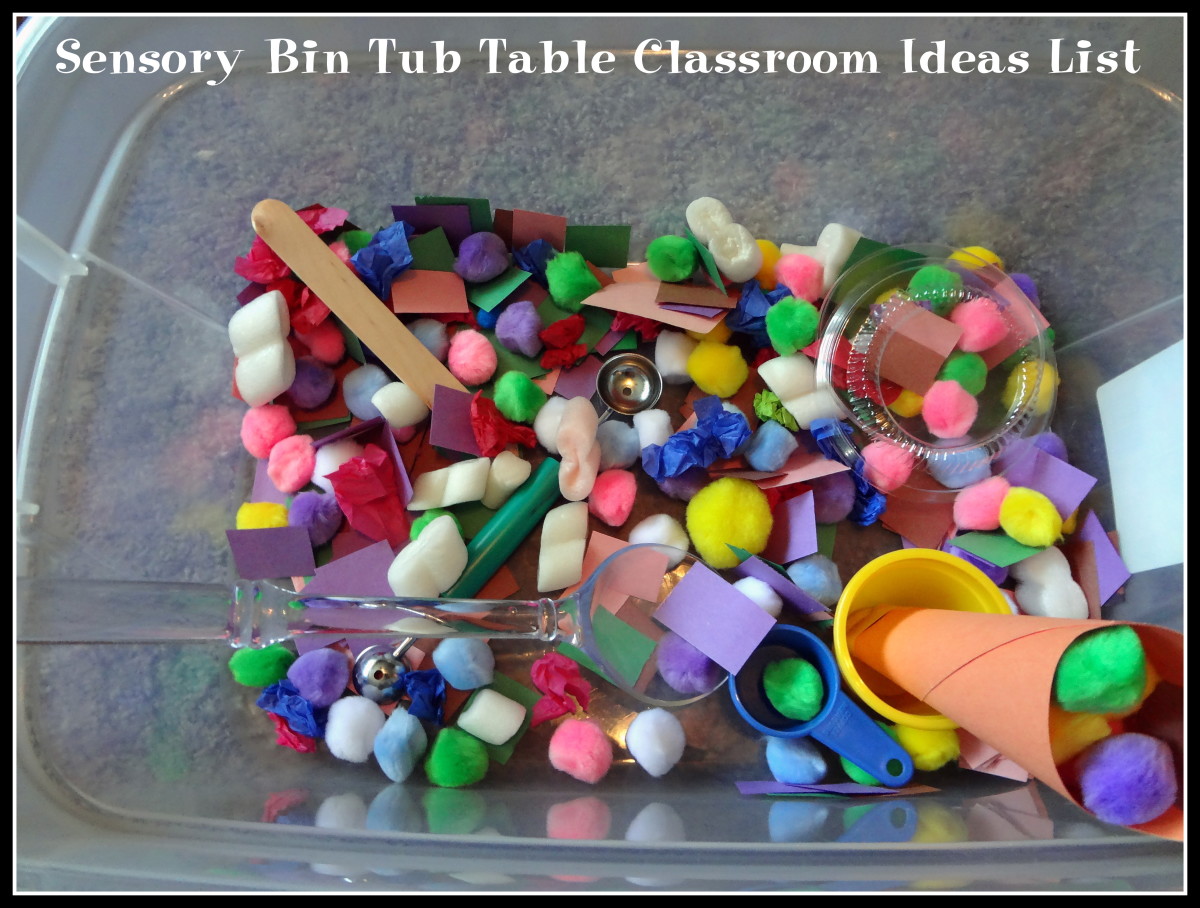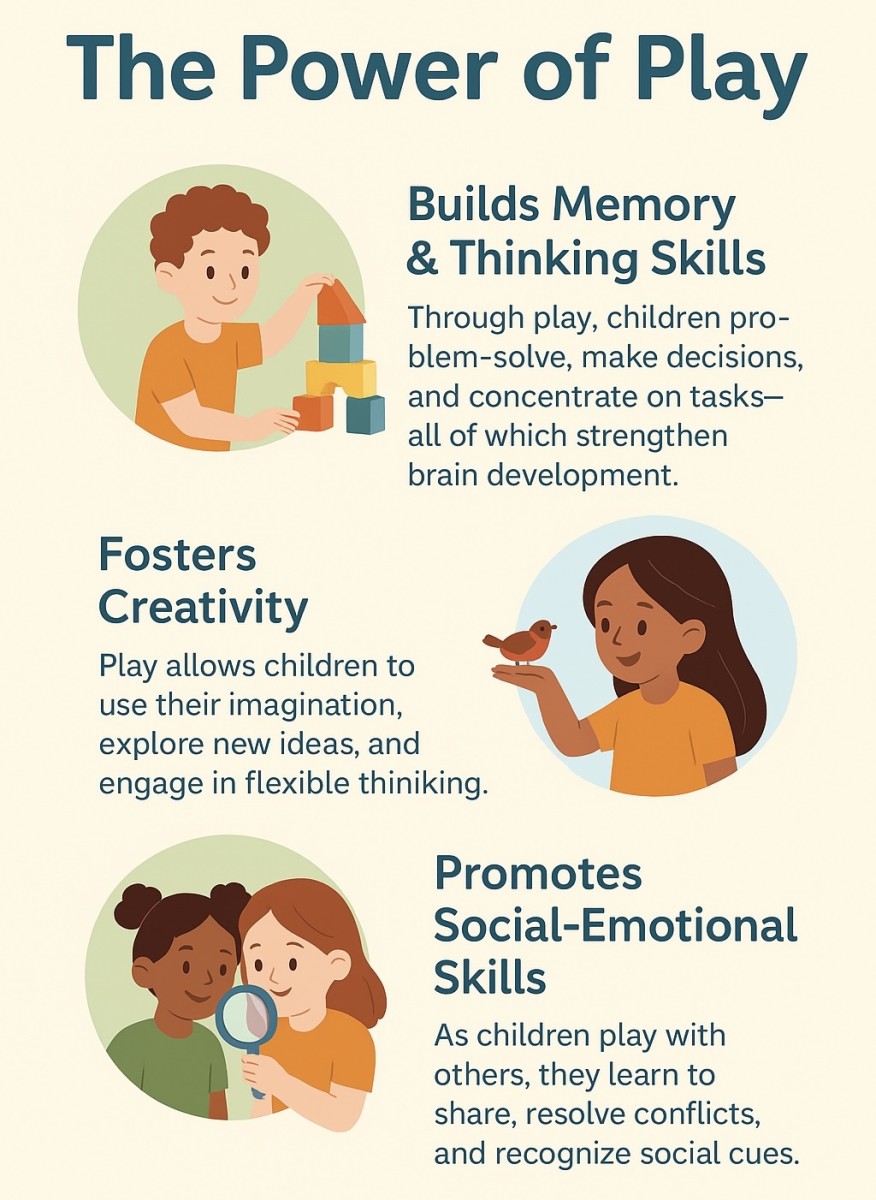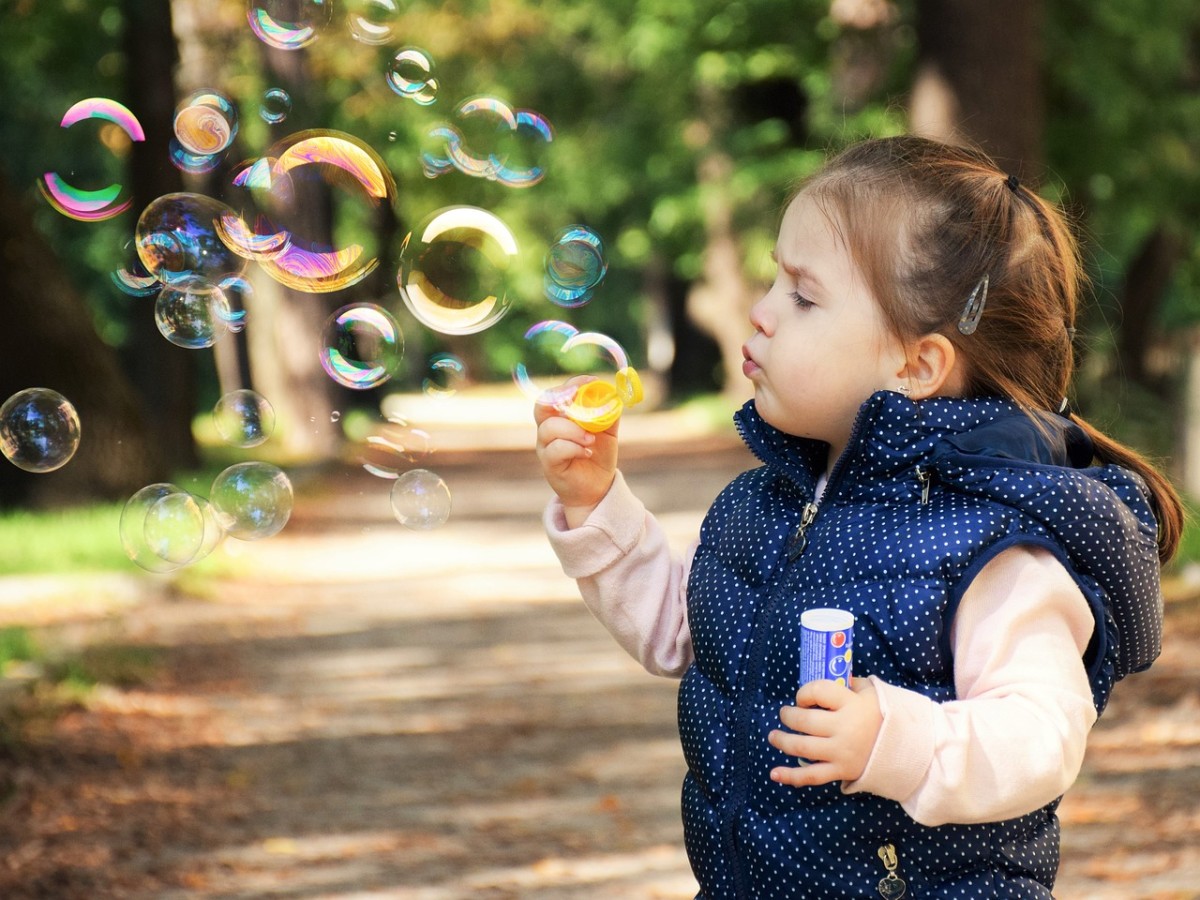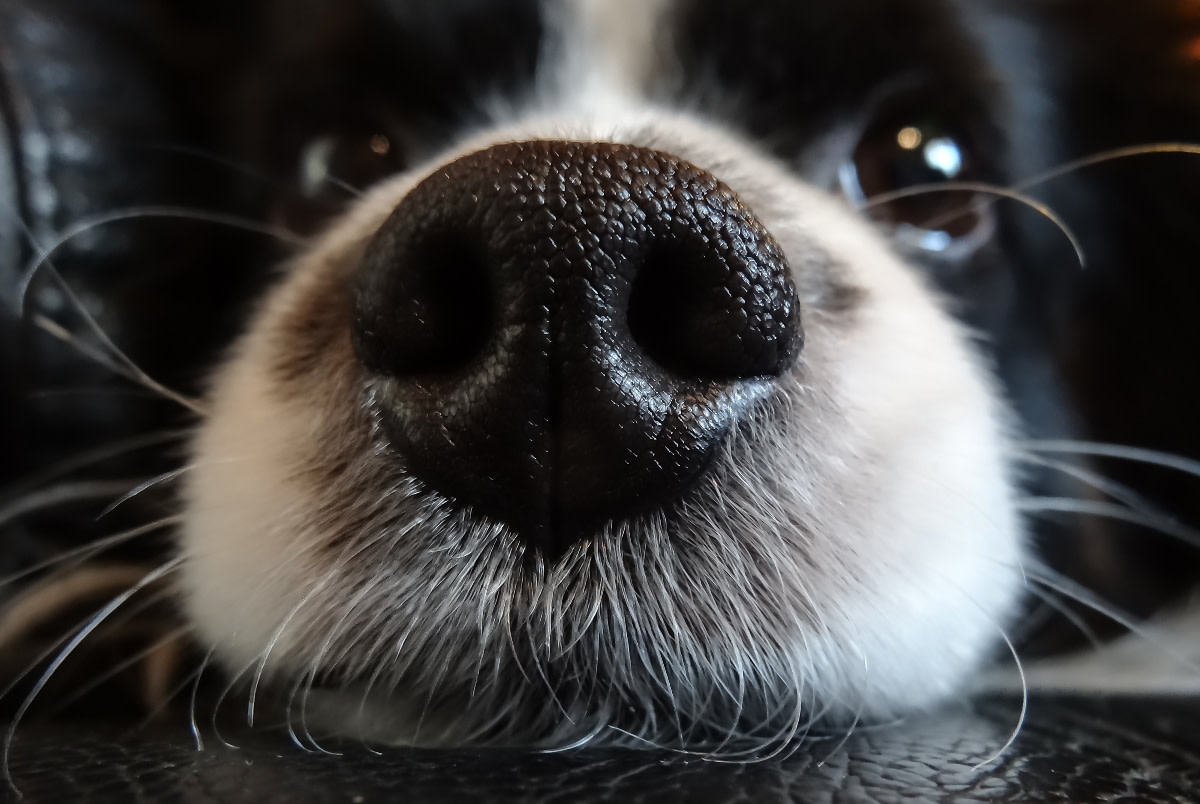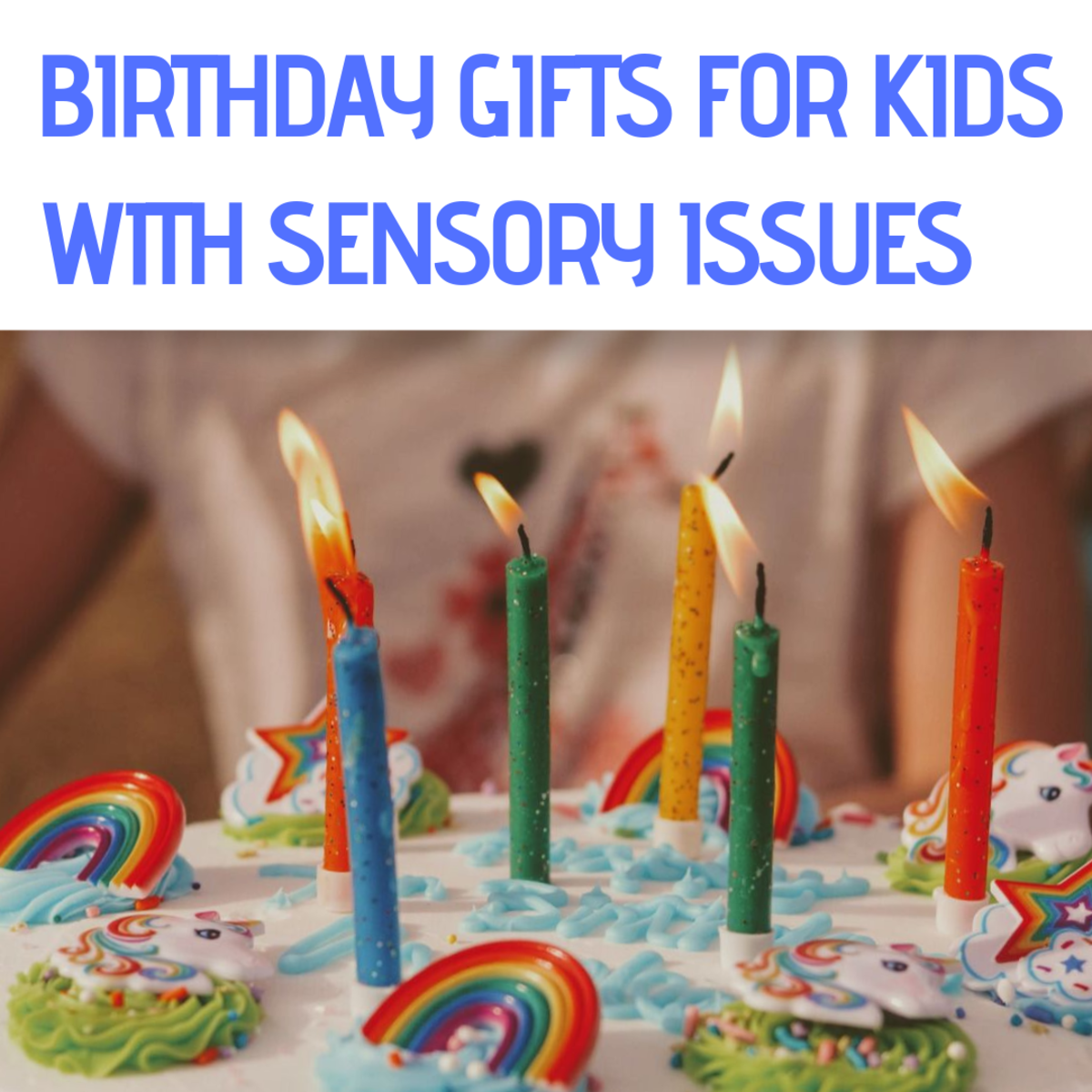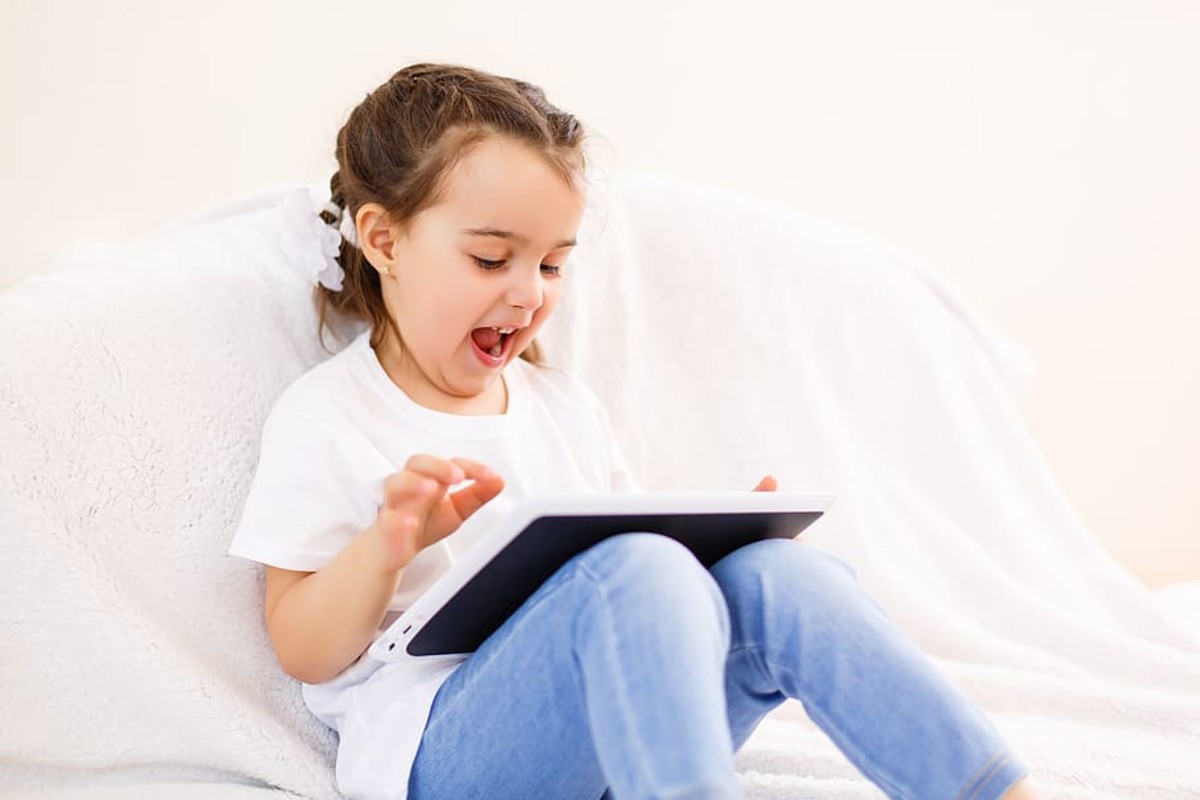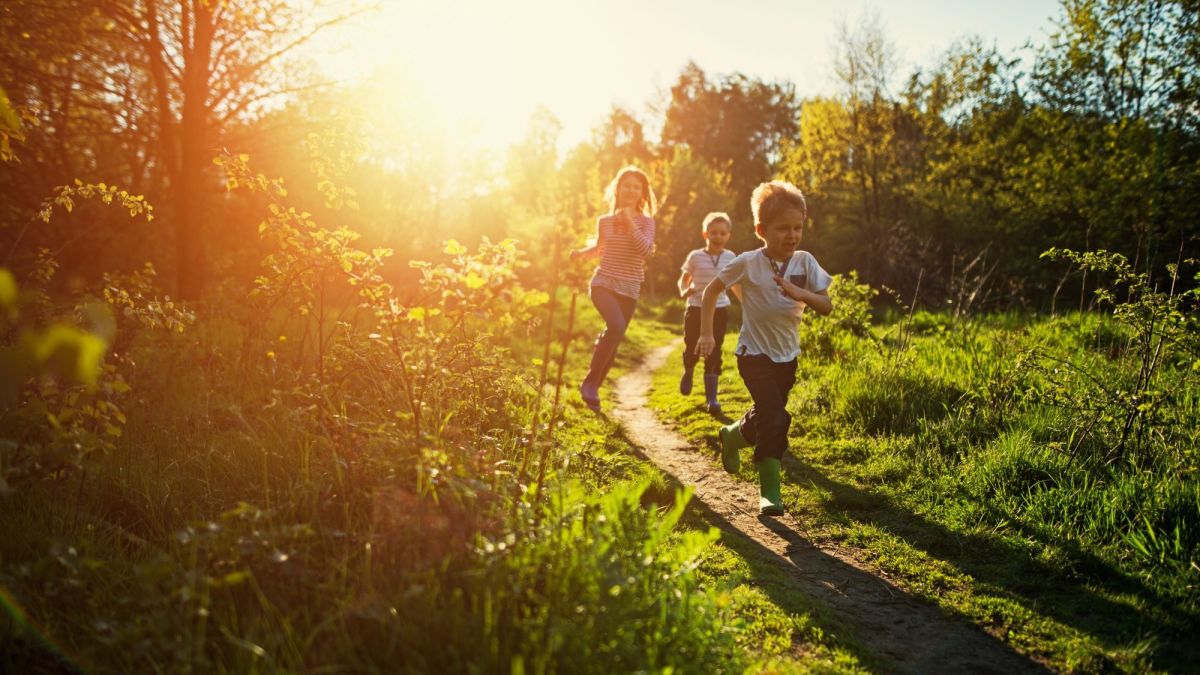Science for kids: sensory bins
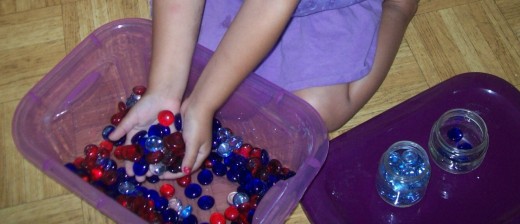
What is a sensory bin?
A sensory bin is exactly that: a bin which contains items that require the use of your senses.
Children of all ages love sensory bins. They are a fantastic tool for learning science, as well as great "rainy day" activities.
The number of different types of bins you can create is only limited by your imagination!
What you need
- bins with lids (there are many sizes to choose from)
- ingredients which are non-toxic (I'll give you some sample ideas)
- kids (but you can play in them too!)
- imagination
- time for fun!
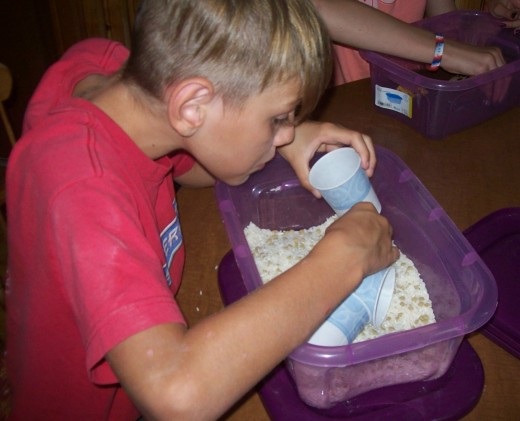
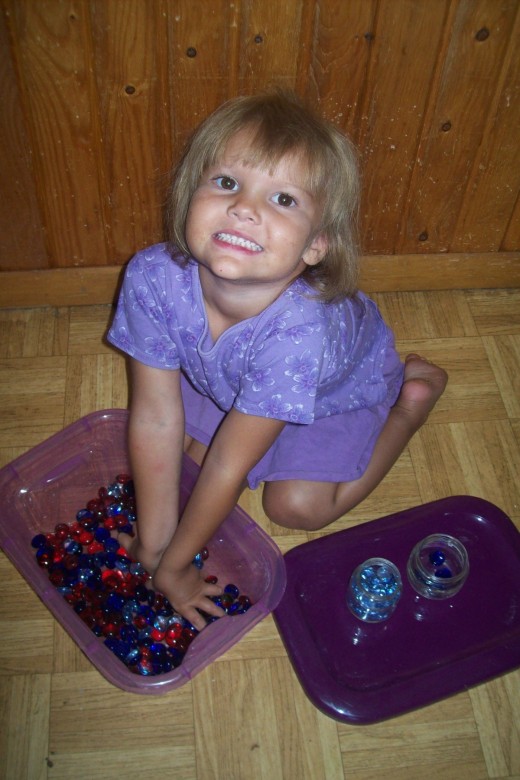
Ideas to get you started
Treasure Hunting!
- Fill a bin 1/4 the way with white rice. Add a few plastic toys along with some metal objects. Include a magnet. The children can "hunt" for the magnetic objects with their magnet.
- Fill a bin 1/3 the way full with cornmeal. Add some small plastic dinosaurs. The children can bury & find the dinosaurs like a junior archaeologist. You may also wish to include a spoon as a shovel, and a paint brush to "dust off" the discoveries.
- Fill a bin 1/3 the way up with decaffeinated coffee. Add some misc. small toys for the children to dig up. Again, you may want to include a plastic spoon as a shovel.
Sorting
- Use a variety of different dried beans such as: navy beans, kidney beans, lentils, or split peas. Mix them together in the bin. Add some paper cups and a plastic spoon. Show your child how to sort the different items into the cups provided.
- Find a collection of buttons. See how many ways your child can sort them: by size, color, shape...
- Pony beads come in a wide array of colors. Fill a bin 1/4 the way with beads, add some cups, and a spoon. Your child can sort according to colors.
Textures
Fill a bin 1/4 to 1/3 the way full with these items. Add measuring cups or paper cups & a plastic spoon or two. Possible ad a sifter.
- flour
- corn starch
- cornmeal
- decaffeinated coffee
See if you can think of any more. These each have a different texture for your child to investigate and explore.
Bins have rules
For adults:
- be sure there is minimal choking risk involved. For smaller/younger children pay attention to the size of items you include in your bins.
- make sure that you add only non-toxic materials to your bins.
- do not include sharp, breakable, or potentially harmful items in your bins.
For children:
- wash your hands in between bins (this is for messy bins & when there are multiple children playing particularly - to cut down on mess and spreading of germs)
- keep it in the bins. (play over the bin - don't take it out onto the floor or table)
- no mixing bins.
Explore and Enjoy!
Now that you've got the idea, run with it! Include as many different things as you can think of:
- stringing beads or noodles
- magnifying glasses and sea shells
- even soap and water can be fun!
Use your bins for a daily "table time" activity, or bring them out during bad weather days. They are great for kids with high energy (including ADHD and autistic children as well).
Change your bins & clean them at least once a month (more often as needed) to ensure they aren't harboring germs as well as to keep your little ones interested.
Play, Learn, and have fun!

